Future Ready Learner Design Process

September 30, 2025
Philadelphia Area

November 13, 2025
Santa Barbara County, CA
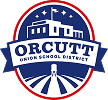

December 3, 2025
Scottsdale, AZ
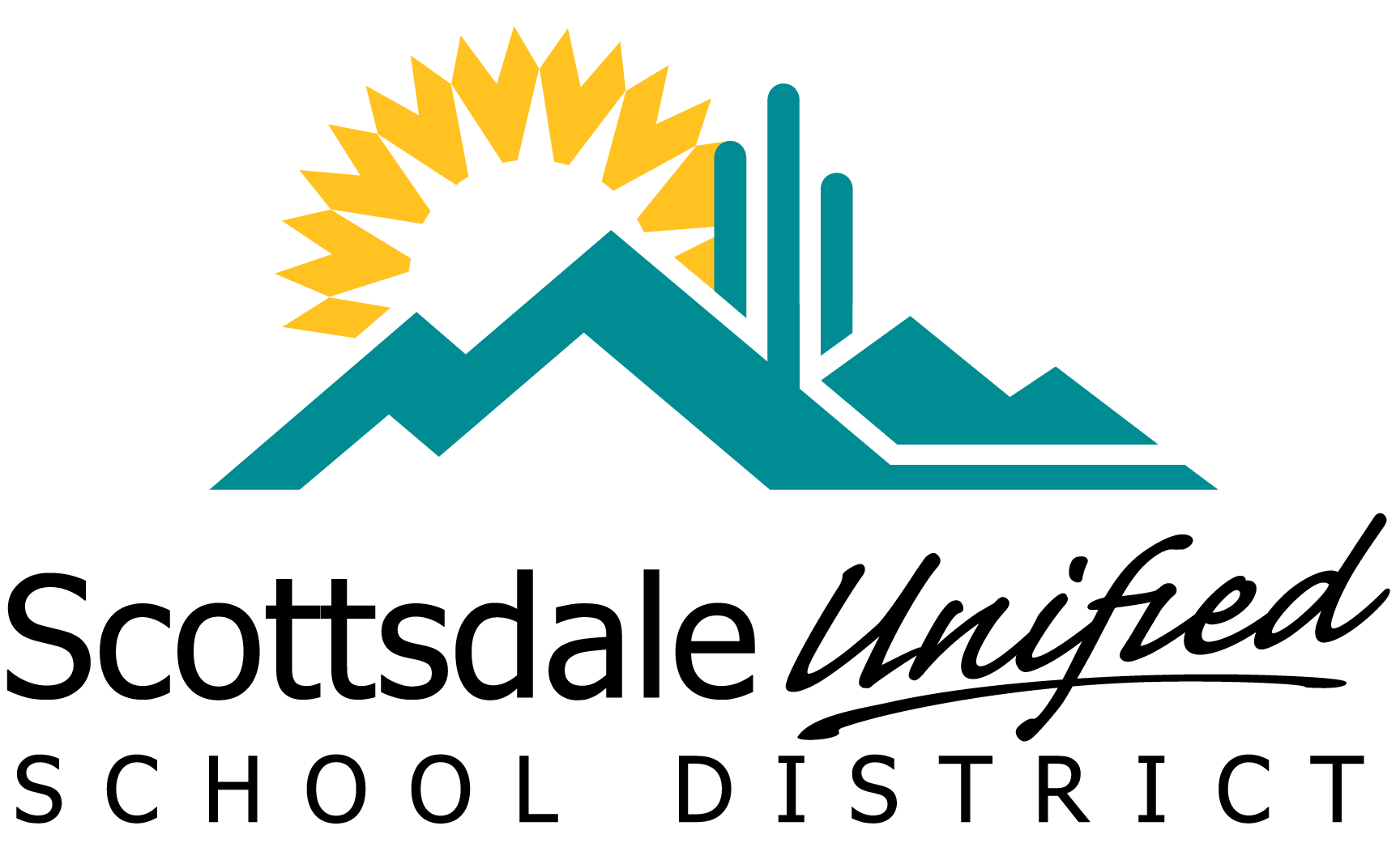
Join All4Ed’s Future Ready Schools for a one-day interactive professional learning experience focused on building student-centered systems that support whole child wellness and prepare learners for the demands of the modern workforce.
Grounded in the Future Ready Learner Design Process, this highly interactive, in-person workshop equips district teams with the tools, strategies, and vision needed to integrate essential life skills and well-being into every level of instructional practice and planning.
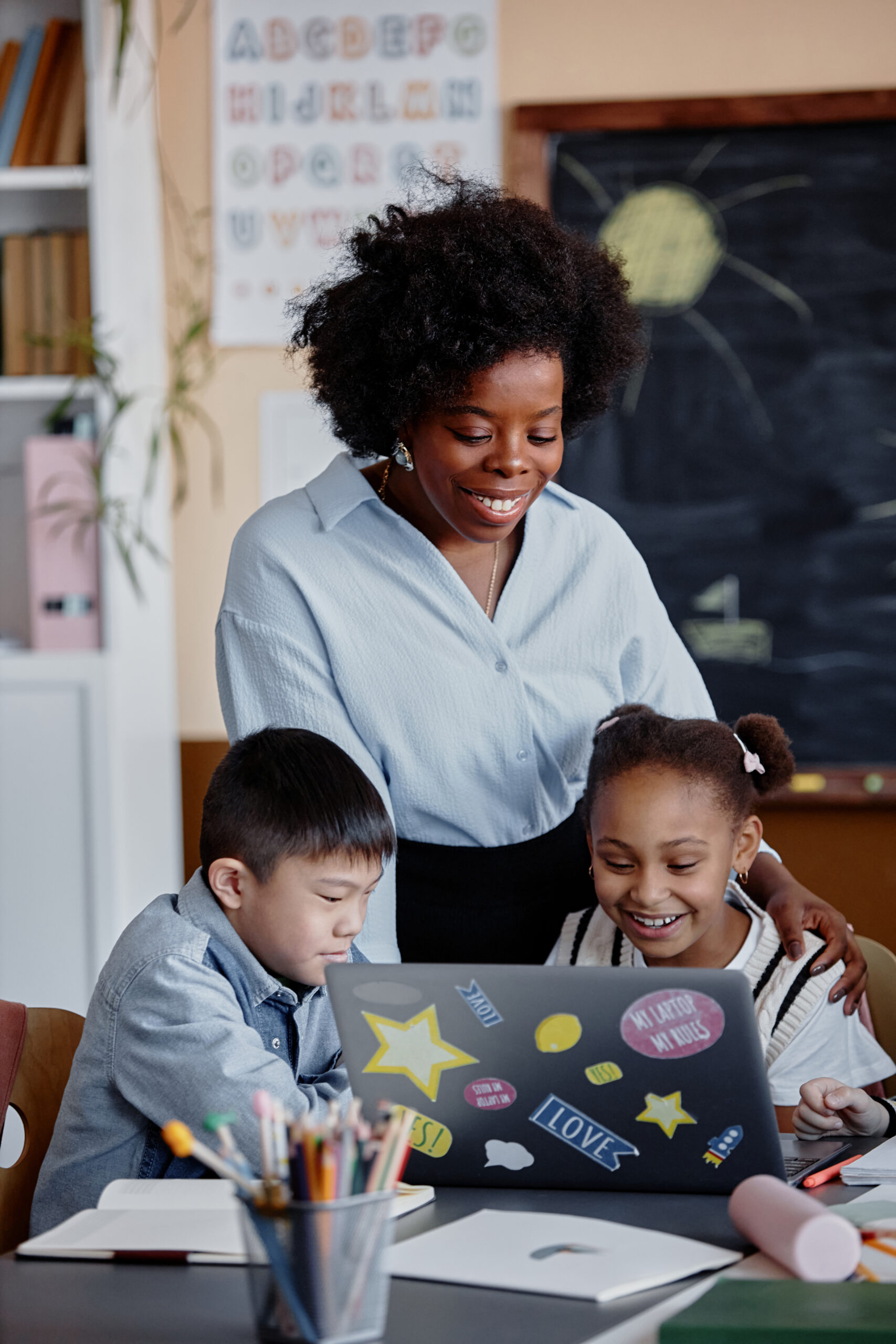
Workshop Objectives
During the workshop, we will:
- Gain practical tools and proven frameworks to embed whole child wellness and essential life skills into everyday teaching and learning.
- Co-create a shared district-wide vision of student success rooted in the characteristics, mindsets, and skills students need to thrive in school, work, and life.
- Build a customized, actionable roadmap to drive systems-level change that centers student well-being and prepares learners for future challenges.
- Learn how to foster student wellness through inclusive, safe, and engaging environments that support academic, emotional, and social growth.
Who Should Attend?
This forum is designed for district-level and school-based teams committed to innovation and systemwide impact, including:
- Superintendents
- Assistant Superintendents
- Curriculum & Instruction Leaders
- School Principals
- School Counselors
- Librarians & Media Specialists
- Instructional Coaches
- Technology Leaders
- Lead Teachers
This team-based approach promotes cross-functional collaboration, ensuring that planning and implementation are aligned from the classroom to the boardroom.
Why It Matters
Academic achievement alone isn’t enough. Today’s students need to be resilient, emotionally intelligent, collaborative, and adaptable. The systems we build must reflect that reality.
This workshop is a launchpad for action, helping your team move from vision to implementation—equipping every learner not just to succeed, but to thrive.
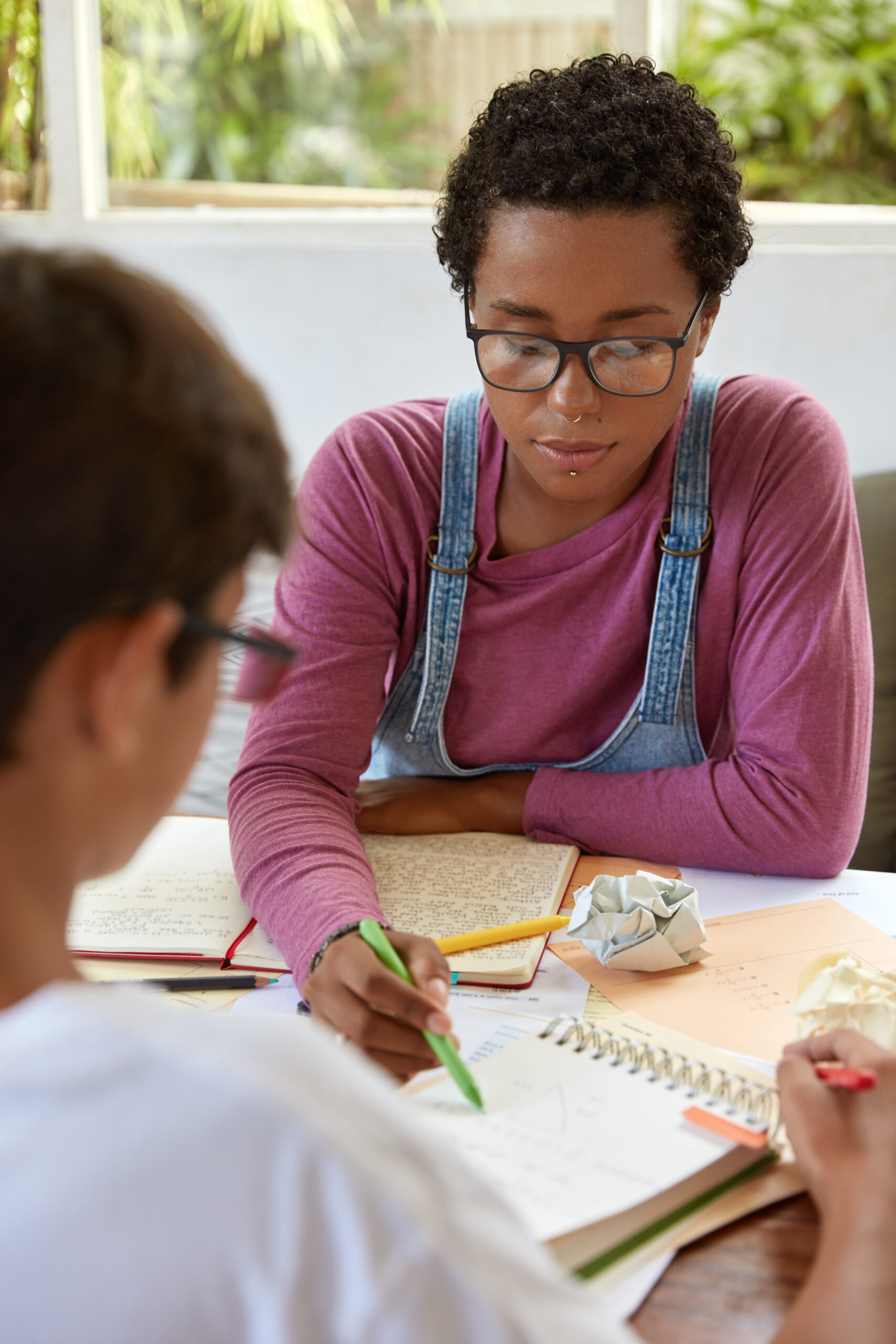
Facilitators
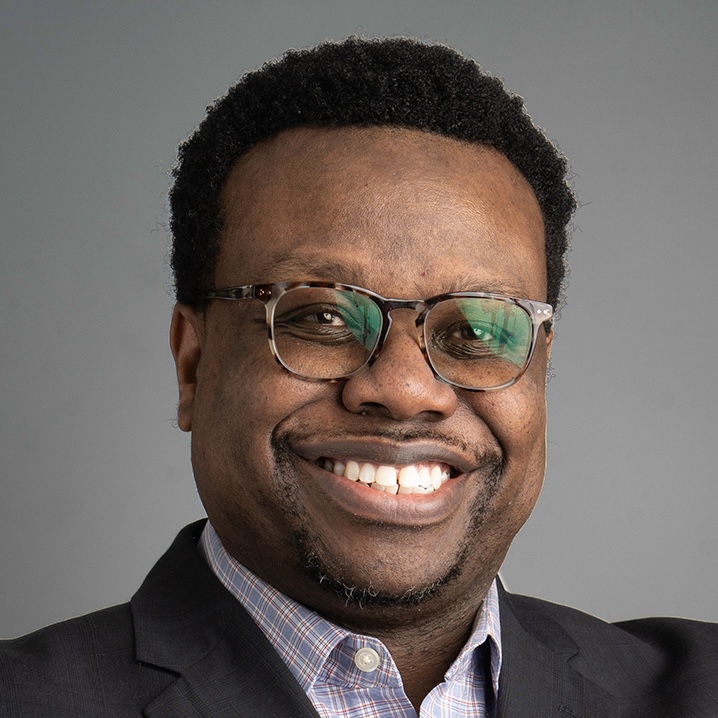
Dr. Adam Phyall
Director of Professional Learning
All4Ed

Thomas Murray
Director of Innovation
All4Ed

This workshop series is supported by Harmony Academy.
